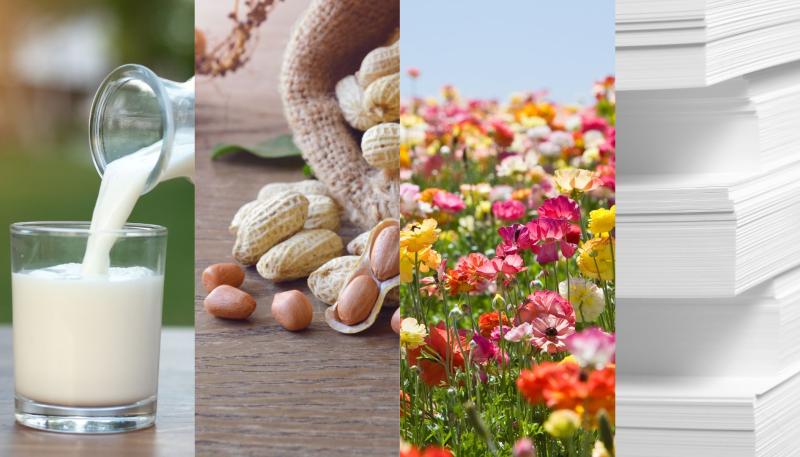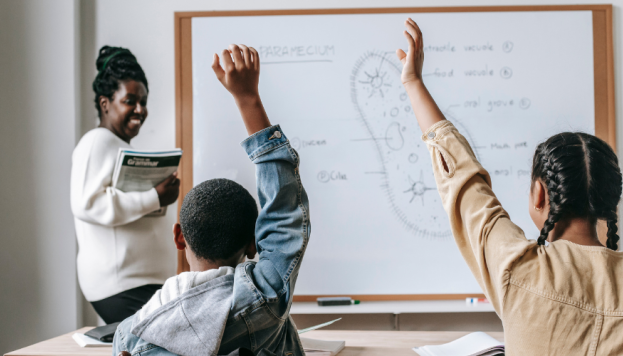Lessons Learned from Other Checkoffs

I get a lot of questions about checkoff programs: How long they have been around? How much do they spend? Are their programs effective? Do their members consider them successful? How do our results compare?
The last question is the hardest to answer. For a number of checkoffs, consumption growth is a primary—perhaps the primary—goal. But consumption is defined in lots of different ways—it’s not just about increasing consumption rates among existing consumers or finding new ones. Sometimes it is about slowing the rate a market is declining. This is where our checkoff for the paper sector (uncoated freesheet and printing and writing papers) has some similarities with the fluid milk processors.
Looking at that fluid milk program from the outside, you might be tempted to judge the program as ineffective if you are strictly looking at per capita consumption growth alone. For example, the number of gallons of milk produced was 28.1 gallons per person in 1975 and 16.3 gallons per person in 2021 according to USDA consumption data. However, many of us involved in these types of industry promotion programs realize that slowing a “secular decline” in consumption—a long term-trend that involves factors outside any one company or industry’s ability to control—can be just as important an outcome to measure.
Through sophisticated econometric models, we can measure how much more or less the market would have declined had there not been a campaign in place. This is where milk and paper share some similarities. By this standard, milk’s campaign and our own benefits campaign for paper (uncoated freesheet and printing and writing grades) that ran prior to Covid are successes. Both campaigns helped slow the macro decline, protecting revenue and giving companies time and space to invest in R&D or diversify their product mix.
Another checkoff I admire, and where I see commonality, is the National Peanut Board. What I find most interesting about their checkoff is that they understand building consumption goes way beyond advertising, recipes or point-of-sale materials. At the time of its creation, the peanut industry was confronting double-digit declines of per capita peanut consumption in the U.S., proceeding mainly from two trends: the increasing perception that all fat was bad and the rising focus on food allergies.
In the mid-1990s, peanut consumption suffered as the low-fat dietary craze took hold. That’s when all segments of the peanut industry—growers, shellers and manufacturers—came together to support sound scientific research, which in turn led to the emergence of consensus on the differences between good and bad fats showing that the plant-based fats found in peanut butter were actually nutritious. This, in part, led to the formation of the National Peanut Board in 2000.
With nutrition research already underway, the Board decided to tackle another big issue—peanut allergy, taking on long-held nutritional and medical guidance claiming parents should wait until at least age three to introduce potential allergens to children, including peanuts. But the Board’s heavy investment in research turned this recommendation on its head, showing that children who had peanuts introduced much earlier had an 86% lower prevalence rate of peanut allergy than children who had peanuts withheld.
Four program renewals later, the peanut industry is tackling obstacles to consumption head on.
Another industry I know well from the early part of my career is the flower industry. Forward-thinkers and visionaries in that space had longed to have a checkoff program designed to create everyday demand for flowers—reducing the reliance on a few holidays and special occasions. In the mid 90s, the industry passed a delayed referendum which allowed them to trial the program for up to three years before deciding whether to extend it. The program was voted out two years later. Interestingly, a senior industry representative says it was never a disagreement over promotional content or strategy that doomed the industry’s efforts. It was the financial reticence of enough checkoff companies that ended the program. The floral company representative counseled, “if you've got something good, don't give it up, because you're going to miss it if you lose it, and it will be difficult if not impossible to get it back.”
So while it is difficult to benchmark and measure against other checkoff programs, there's a lot to learn from their histories. When I started my job for the board, people would say things to me like, “we should have done this a long time ago.” Or “we have a great story to tell, we just haven’t done it.” For the last nine years, we have been successfully telling our story and with great results.
I think our chairman Jonathan Kraft says it best, "In business, it's so hard to create momentum, to get that spark that gets something positive going. We've been able to achieve that with the Paper and Packaging Board...It's critical to the future of our industry. And not only are we going to lose the momentum if we don't keep it going, but one of our competitors is going to fill that void."
We will be talking more about P+PB’s impact in the weeks ahead.






